by Ian Skellern
In Einstein’s Special Theory of Relativity, the great man introduced the concept of “spacetime” – note that it is written as one word, not two.
Einstein explained in a public lecture on relativity that, “The views of space and time which I wish to lay before you have sprung from the soil of experimental physics, and therein lies their strength. They are radical. Henceforth, space by itself, and time by itself, are doomed to fade away into mere shadows, and only a kind of union of the two will preserve an independent reality.”
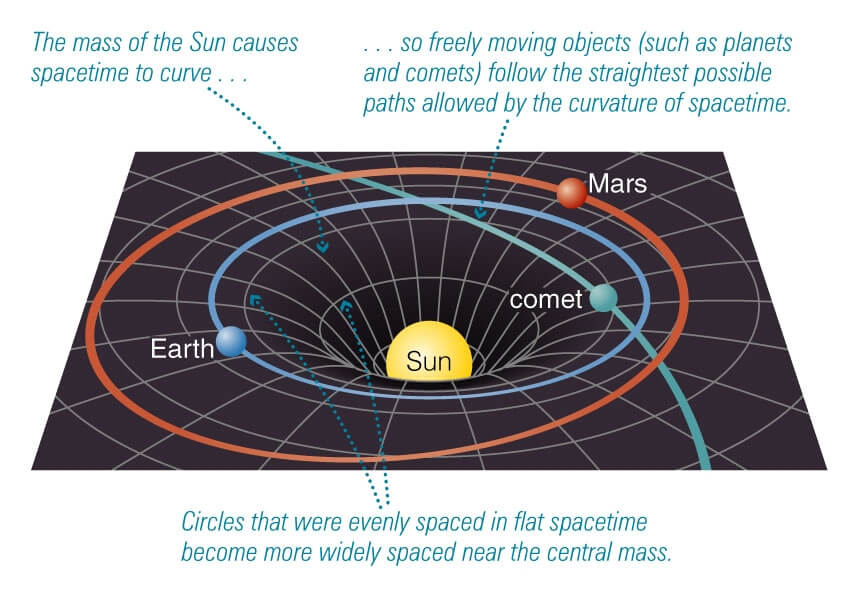
Spacetime bent by the large mass of the sun (and to a lesser extent the planets) as visualized by Einstein (photo courtesy sunorbit.net)
Einstein was stating that rather than space and time being quite separate concepts, they were part of the same continuum: up/down, forward/back, left/right, past/future. Note, a continuum is a continuous sequence in which adjacent elements are not perceptibly different from each other, but the extremes are quite distinct.
How far, how long?
While the fact that space and time are one might at first appear to be an incomprehensible concept, think for a moment about how easily interchangeable the terms are in daily parlance:
How far to town?
Town is five kilometers from here.
Town is 10 minutes from here.
We need fuel, how long until the next service station?
The next service station is 10 kilometers away.
The next service station is 15 minutes away.
We can answer many questions like this using either space or time.
And charts used by sailors and aviators divide the circumference of globe into hours, minutes and seconds as measures of distance.
Light years away
And let’s not forget that a “light year” is a actually a distance of measurement: the distance travelled by a beam of light (through a vacuum) in one year.
Einstein published his Special Theory of Relativity in 1905, introducing a then-skeptical world to the fact that space and time were one inseparable concept.
Once upon a time
However, Einstein was a physicist, a great physicist, by some reckoning the world’s greatest.
But he wasn’t a watchmaker. Because if he was a watchmaker he may have got there sooner.
Traveling through spacetime to . . . Urwerk
This far-reaching journey through spacetime finally brings us to our destination: Urwerk. More specifically to Urwerk’s co-founder Felix Baumgartner. And more specifically still to a tall clock I saw a few years ago at the Urwerk workshop in Geneva, which Felix told me was a gift from his father.
It was a clock that didn’t tell the time.
Felix Baumgartner’s father, Geri Baumgartner, is a (now retired) clock maker/restorer of international renown and he discovered and/or restored quite a few of the world’s most significant clocks in the last decades, including two Janvier double regulator clocks, one now residing in the Patek Philippe museum, the other at the F.P. Journe manufacture, both of which are in Geneva.
In 1996, Geri Baumgarter came across an unusual, tall pendulum clock signed Gustave Sandoz.
The name Gustave Sandoz (1836-1891) may not mean much to you (and it didn’t to me), but it meant a lot to Geri Baumgartner.
While the Sandoz family was from Le Locle in Switzerland, Gustave Sandoz lived and worked in Paris.
Marine chronometers and navigation
It is impossible to over-emphasize the importance of accurate clocks in the 19th century. Global trade revolved around valuable merchandise carried by ships and navies projected power, fought wars and secured overseas territory.
Precise marine chronometers were vital to accurate navigation. See Longitude: The True Story of a Lone Genius Who Solved the Greatest Scientific Problem of His Time.
Horologer de la Marine
So, few positions were as important or prestigious to a seafaring country as “Watchmaker to the Navy” or “Horologer de la Marine.” This was the watchmaker responsible for the accuracy and quality of the navy’s marine chronometers, and thus for the lives of thousands of sailors.
Over the period of 1727 to 1891, France appointed three Horologers de la Marine: Ferdinand Berthoud (1727-1807), Abraham-Louis Breguet (1747-1824), and Gustave Sandoz (1836-1891).
In the world of antique clocks, Gustave Sandoz was a big name. Naturally, Geri Baumgartner was pleased to have the opportunity to buy one of his clocks.
Something strange going on
However, there was something very special about the clock: it was a regulator, which usually signified three separate dials for hours, minutes and seconds.
While this Sandoz regulator did have three separate dials, they didn’t indicate hours, minutes and seconds.
- The full dial, which would normally be central seconds on a regulator, was marked to 100.
- The top subdial, which would normally be hours (or minutes) on a regulator, was marked to 10.
- And the bottom subdial, which would normally be minutes (or hours) on a regulator, was marked to 40.
Instead of the pendulum making a full oscillation in two seconds (one-second swings in each direction) like a normal clock, the oscillation lasted a period of 2.16 seconds.
The length of the pendulum was actually longer than a normal clock, causing it to swing at that slightly slower rate.
A clue: the 1893 World’s Fair in Chicago and Christopher Columbus
There was one clue, though: the Sandoz clock came with two medallions signifying that it had been created for the 1893 World’s Fair, which was held in Chicago.
The theme of this fair was to commemorate the 400th anniversary of Christopher Columbus’s voyage to America, which naturally took place in 1892.
Dedication ceremonies for the fair actually took place on October 21, 1892, but the exhibition wasn’t opened to the public until May 1, 1893.
This was a big one
The scale and grandeur of the Chicago World’s Fair far exceeded previous world fairs. It was a signal of emerging American greatness to the world. The exhibition covered more than 600 acres (2.4 km2), featured nearly 200 new buildings, and included canals and lagoons. More than 27 million people from 46 countries attended the more than six-month exposition. en.wikipedia.org/wiki/World%27s_Columbian_Exposition
So it’s no surprise that France’s top clock maker created something special for this World’s Fair.
And then there’s Paris
The Chicago Fair followed a big exhibition in Paris in 1892, which also commemorated Christopher Columbus’s voyage to America.
That the Sandoz clock was exhibited in both the 1892 Paris and 1893 Chicago fairs is corroborated by the fact that it was awarded a gold medal in Paris and a bronze medal in Chicago.
If not 24 hours on earth, then what?
But what did it measure if not time? Perhaps if the clock wasn’t measuring a 24-hour day on earth then perhaps it was counting the longer hours (40?) of a day on another planet, but there were none that fit.
Eureka!
Then Geri Baumgartner had a eureka moment. It struck him that 40,000 kilometers (24,000 miles) is the approximate circumference of the earth around the equator, and circumnavigating the globe has a nice nautical theme that might fit nicely with Christopher Columbus’s voyage.
So he went back to the clock and discovered that it did indeed “count” distance: the distance traveled by a person standing on the equator as the earth rotated on its axis every 24 hours.
- The full dial, which would normally be central seconds on a regulator, is marked to 100 in increments of 100 kilometers.
- The top subdial is marked to 10 in increments of one kilometer.
- And the bottom subdial is marked in increments of 1,000 kilometers to 40, 000, which is approximately the circumference of the earth at the equator. Note: the earth isn’t quite round, it is squashed flatter at the poles so has the widest diameter and longest circumference at the equator.
Each tick (half-oscillation of the pendulum) advances the hand in the top subdial 500 meters.
The Sandoz clock highlights just how fast − 1,675 km/hr (1,040 mph) − we are whizzing around on the surface of our planet.
Now imagine another clock showing how fast/far the earth is orbiting the sun! That’s 108,000 km/hr (64,800 mph).
While Gustave Sandoz created his 40,000 kilometer regulator clock to commemorate the 400th anniversary of Christopher Columbus’s voyage, I’m sure Albert Einstein would appreciate it too.
Trackbacks & Pingbacks
-
[…] Read the full story now at Quill & Pad but don’t say I didn’t warn […]
Leave a Reply
Want to join the discussion?Feel free to contribute!






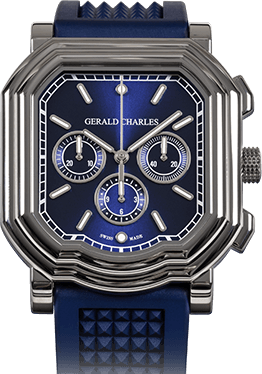
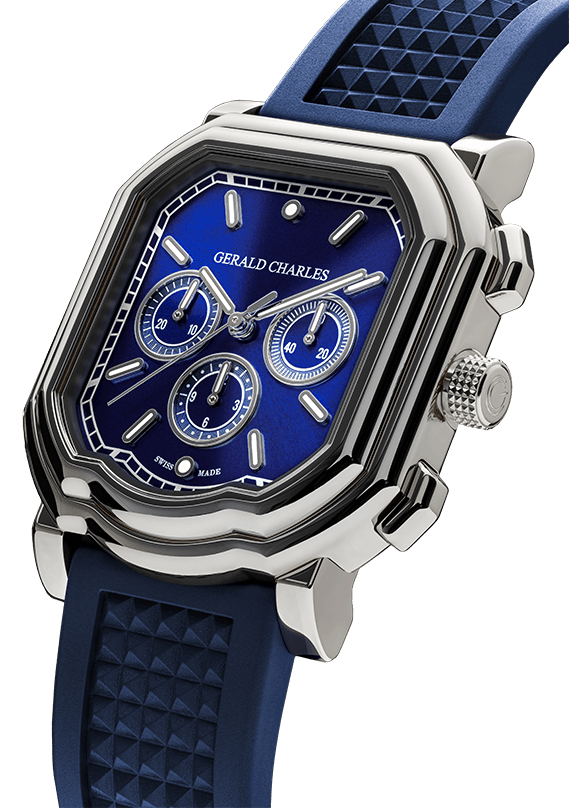

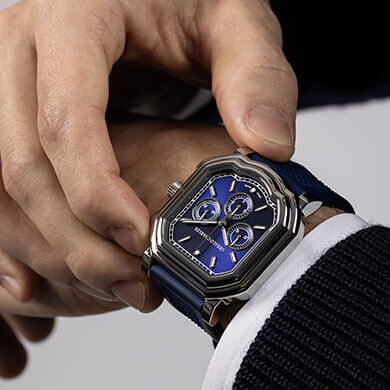






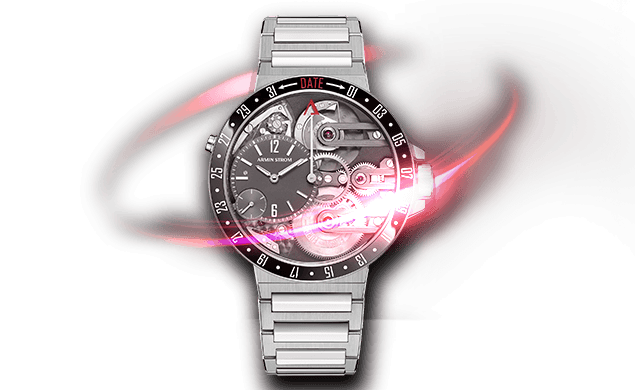
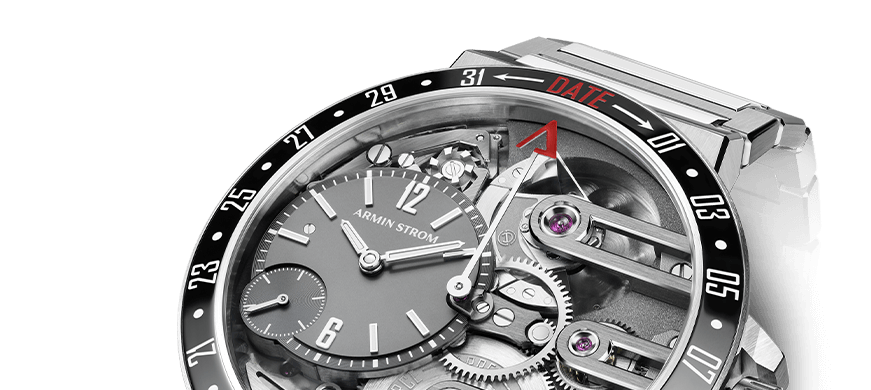
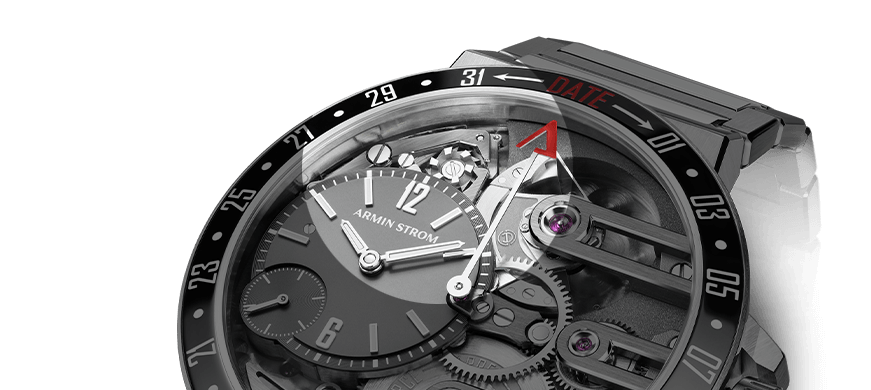


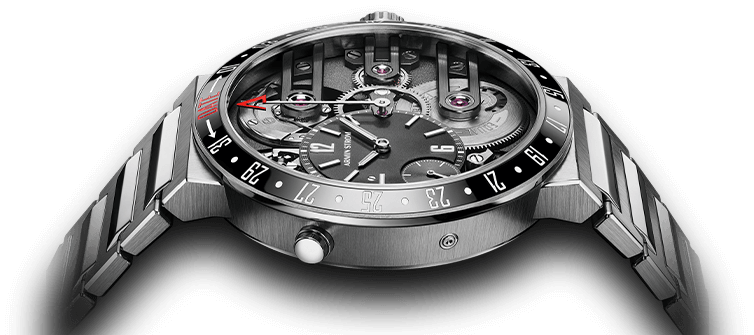
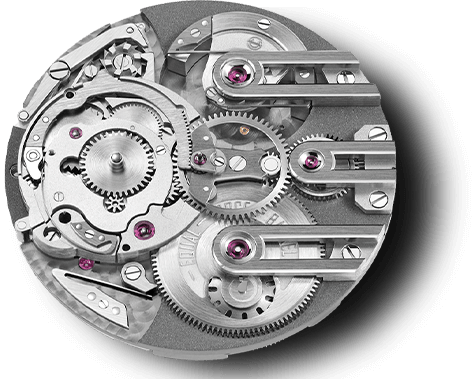


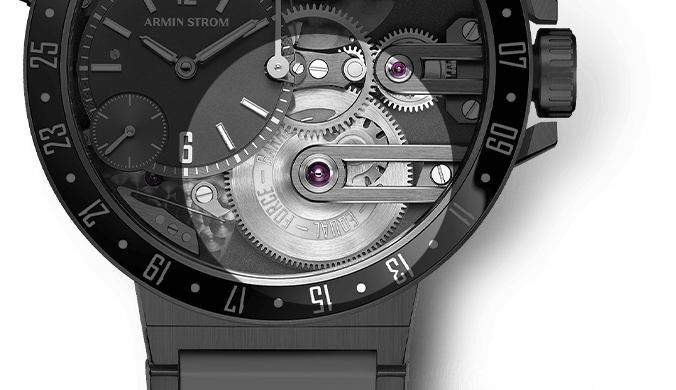


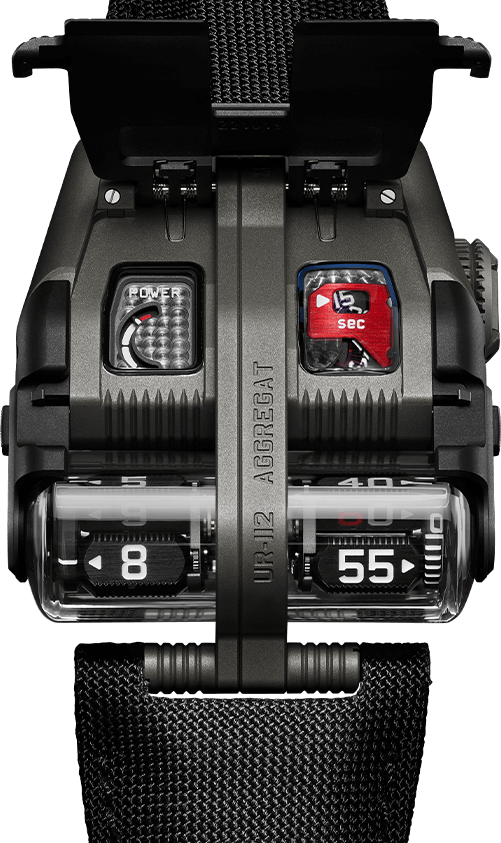

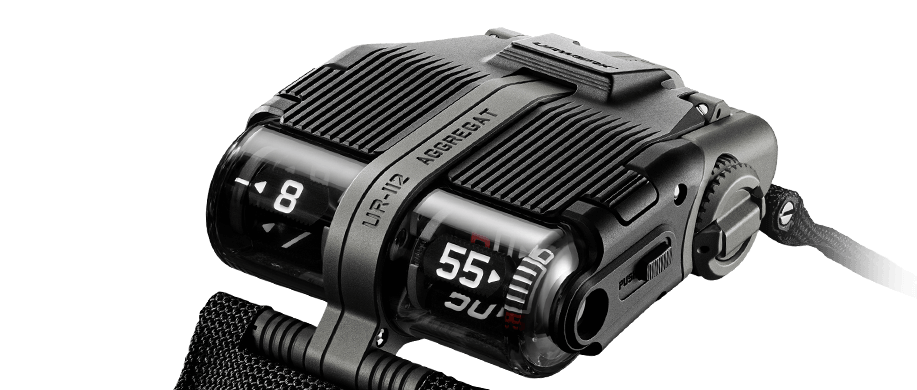
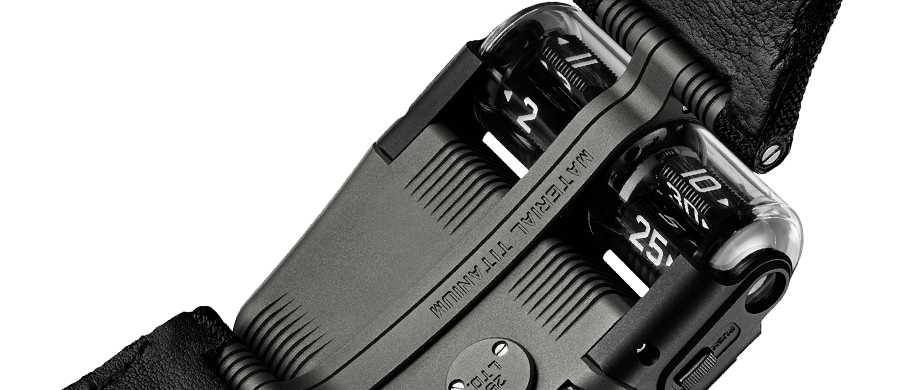
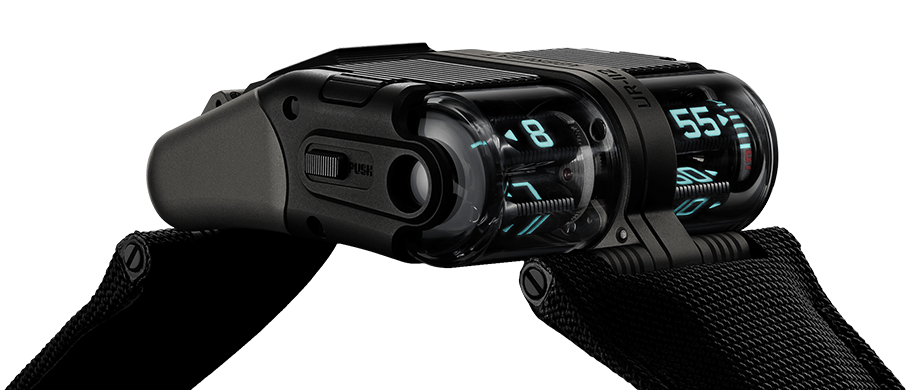


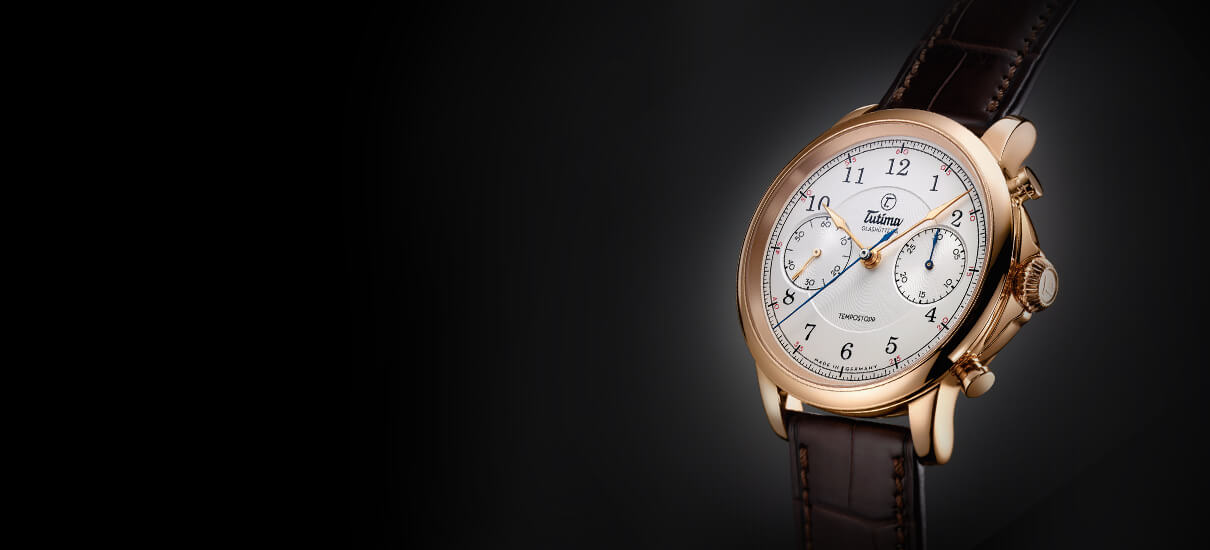

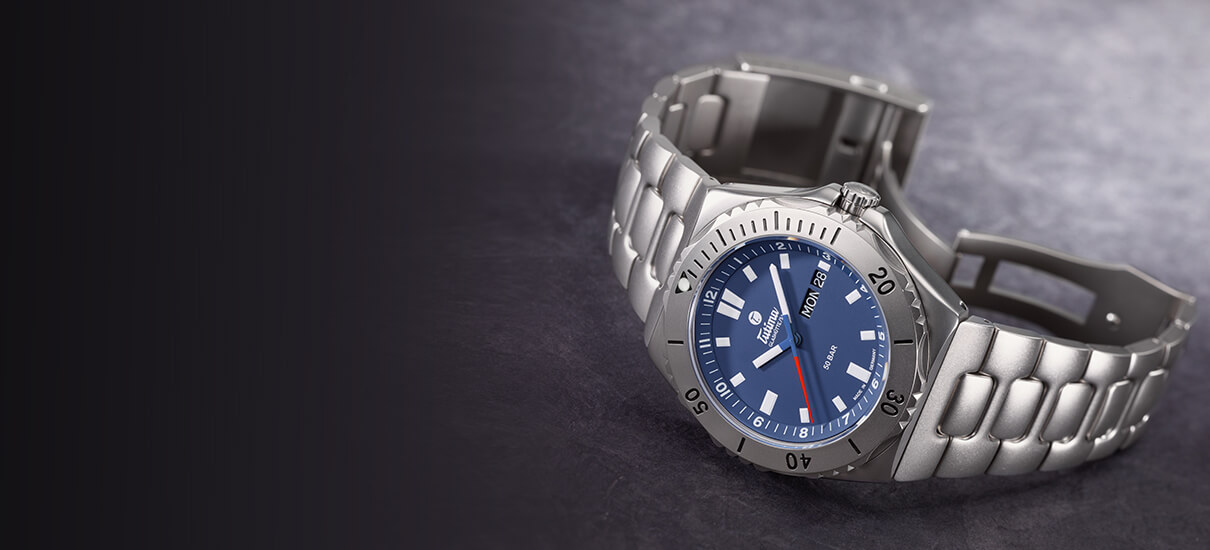

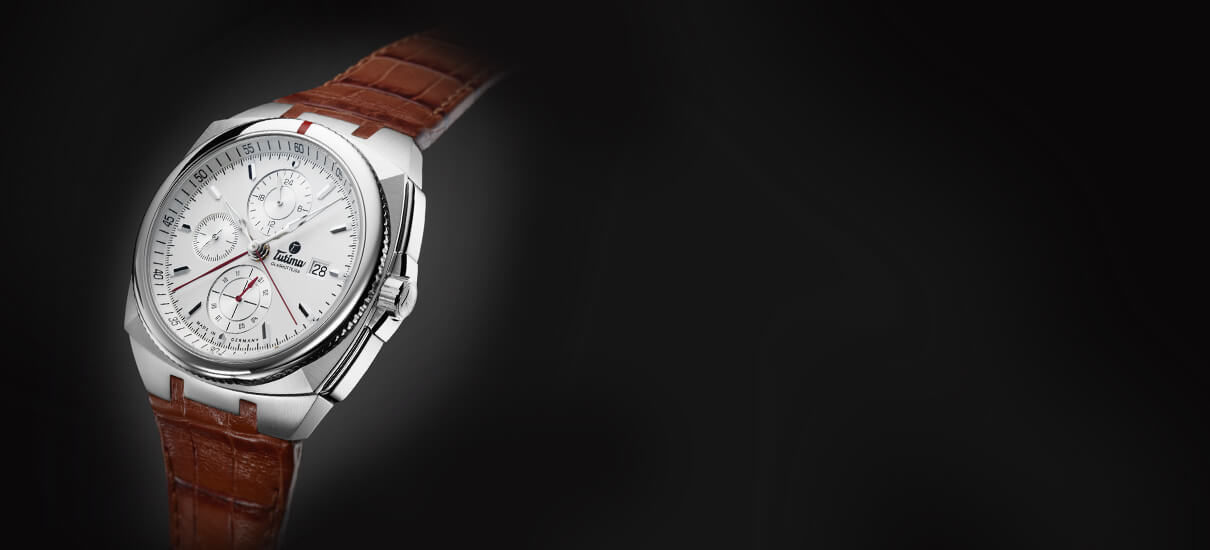

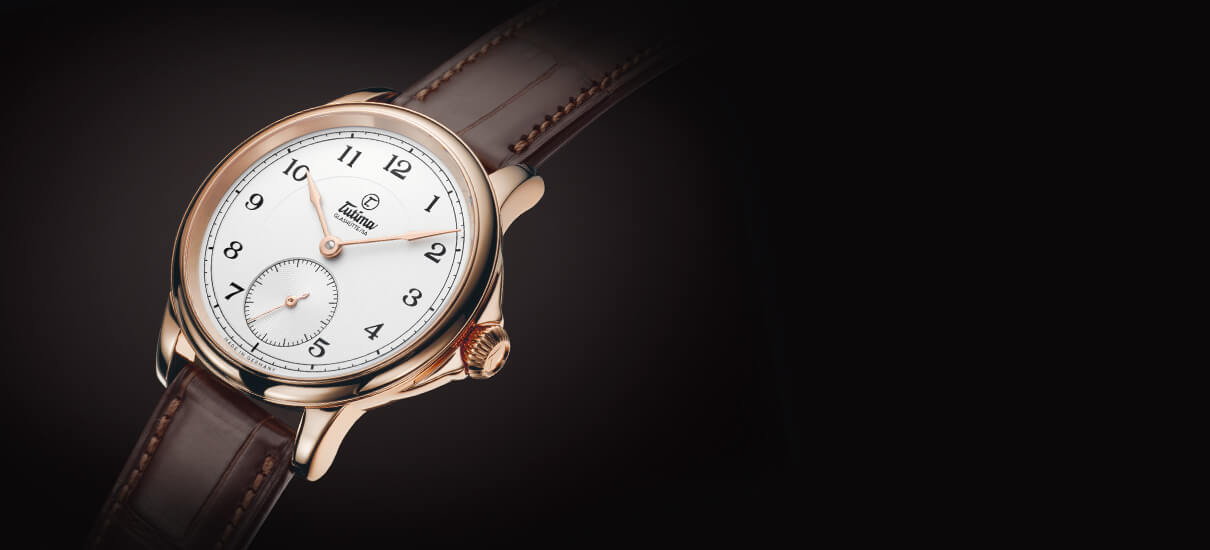

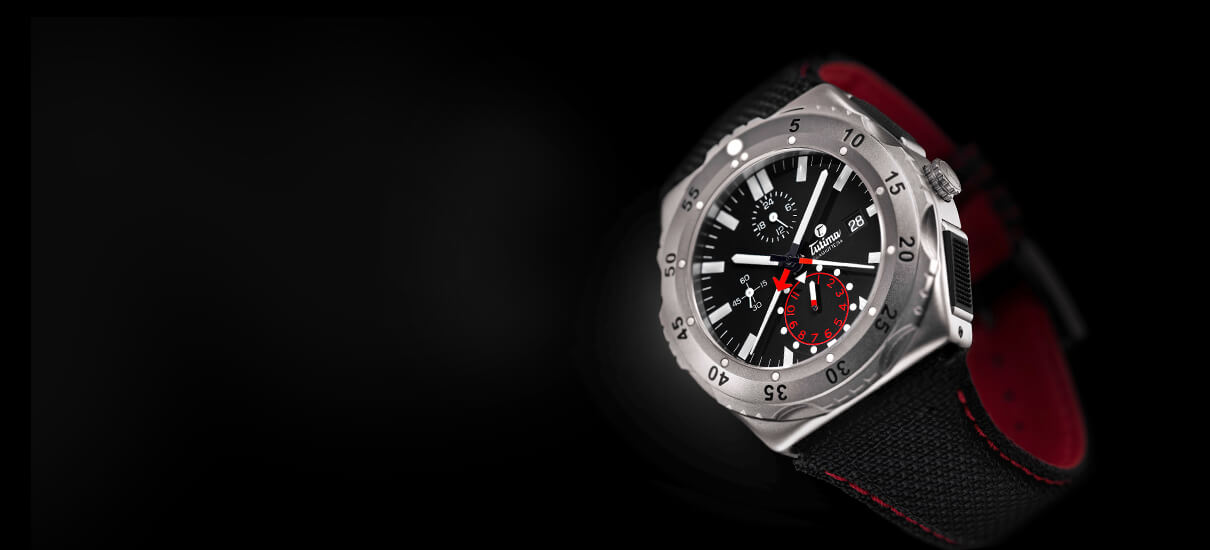

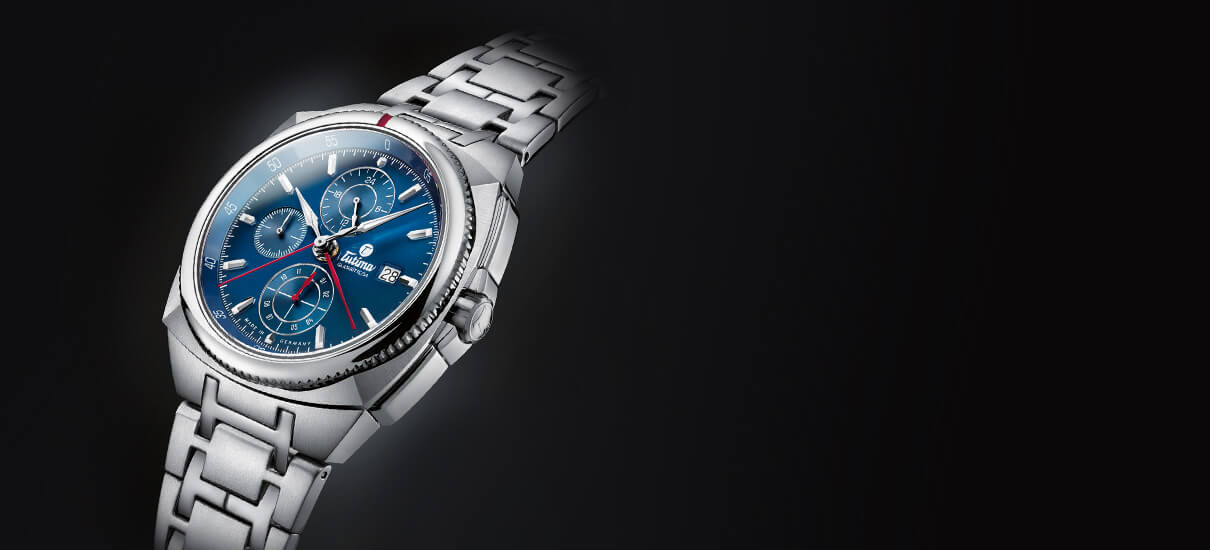

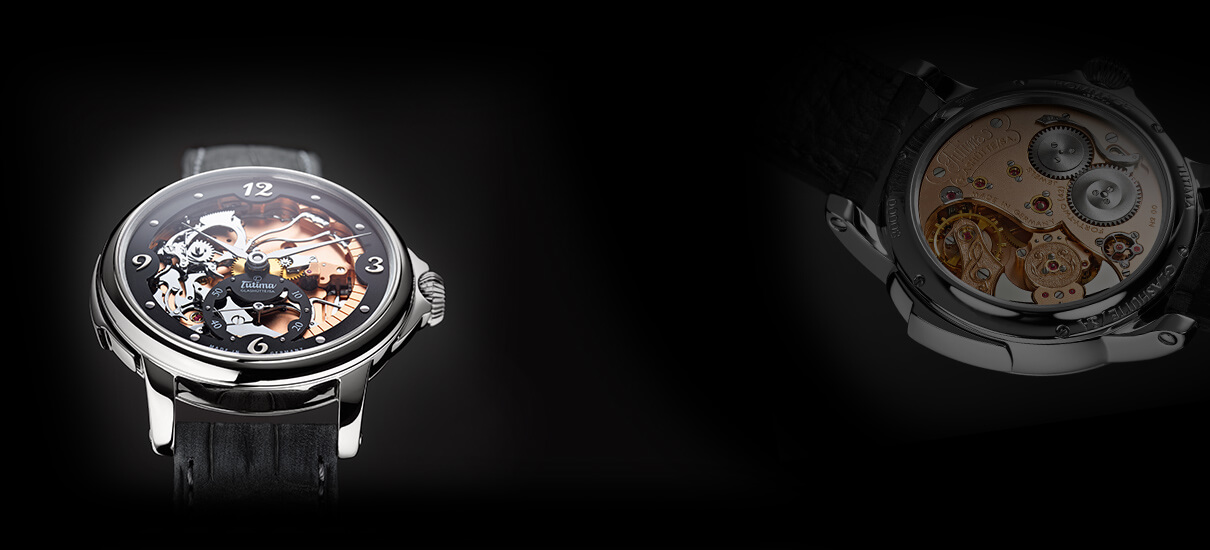



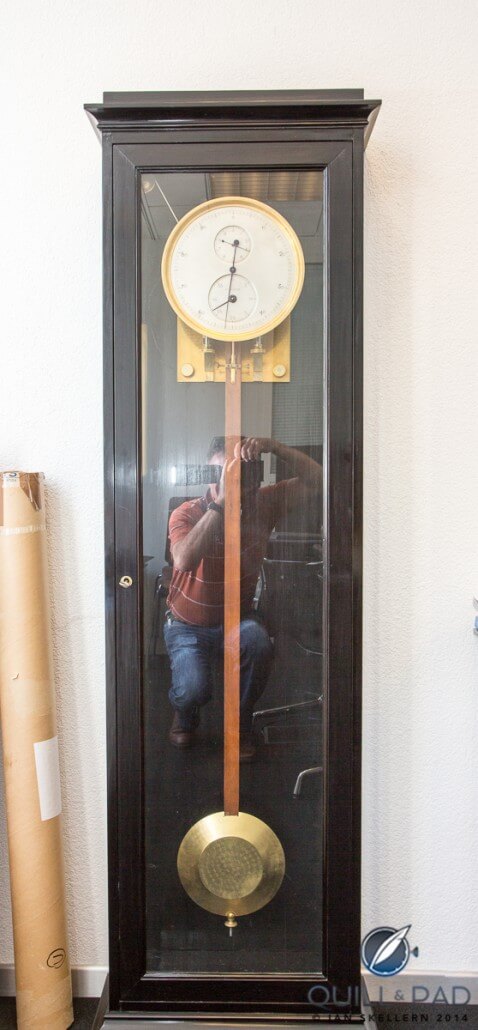
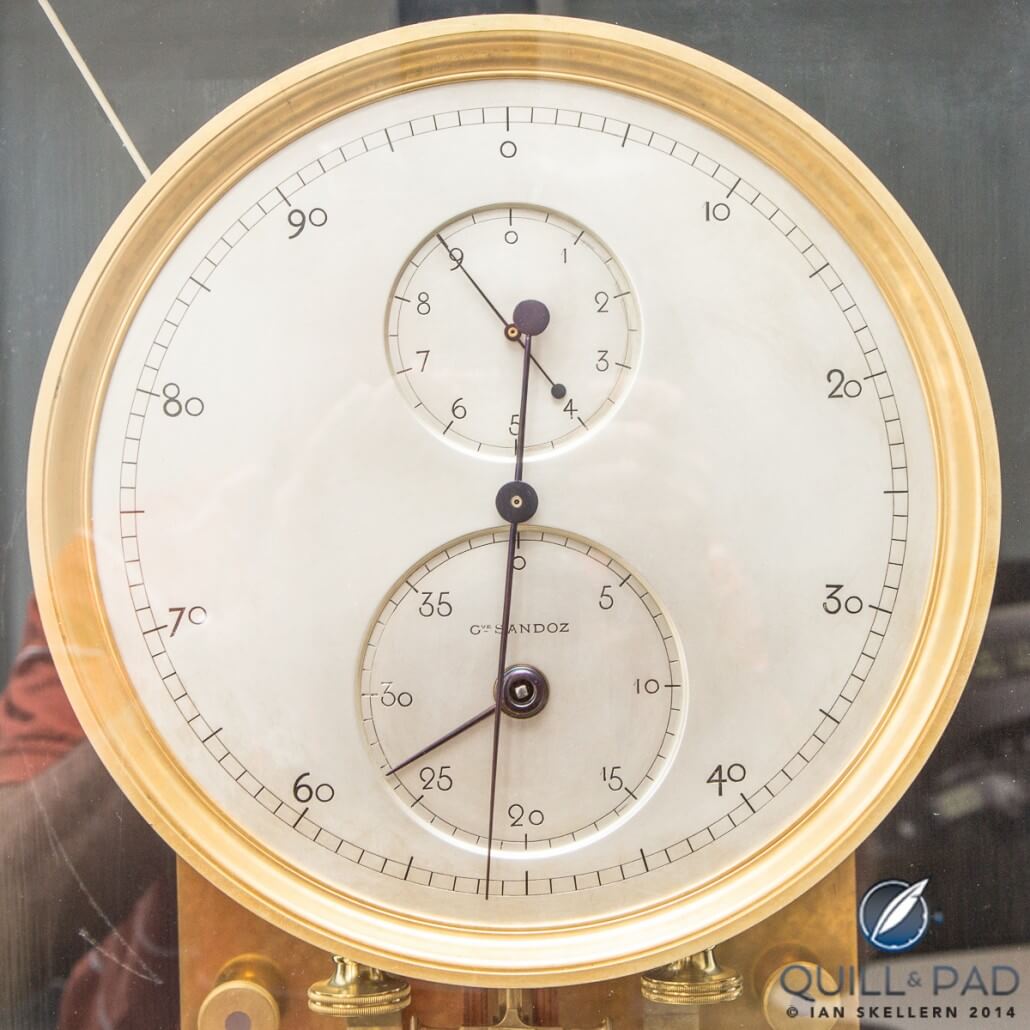
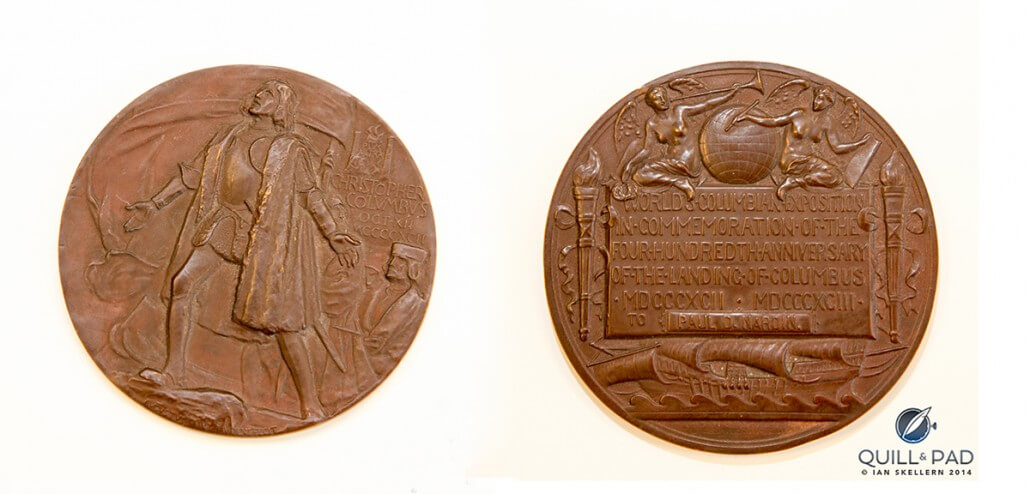
Einstein studied the synchronisation of clocks while he was working at the patent office in Bern. This was an important problem at the time, in order synchronise clocks from a master clock, e.g., at a railway station. This is thought to have inspired him to discover the theory of relativity. From that point of view, he knew a lot about clockmaking.
The 40,000km measure the circumference of the Earth as measured on a meridian, so related but different from the equatorial measure. The original definition of the meter was 1/10000000 of the distance from the equator to the North Pole.
The fact that the Earth isn’t round but larger at the equator was itself discovered through the pendulum clock. In 1672, Jean Richer took his accurate pendulum clock from Paris to Cayenne near the equator and noted that it was 2.5 minutes slow. Since the period of a pendulum swing depends on the force of gravitation, Newton used this result to develop his theory of the shape of the Earth as an ellipsoid.
-ilan